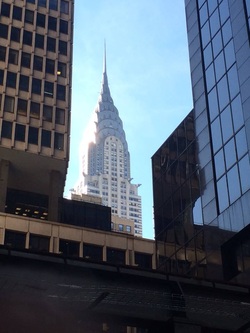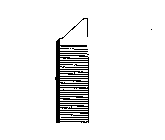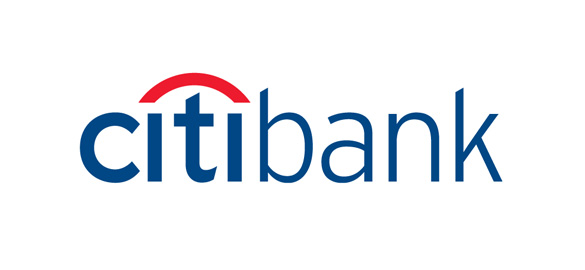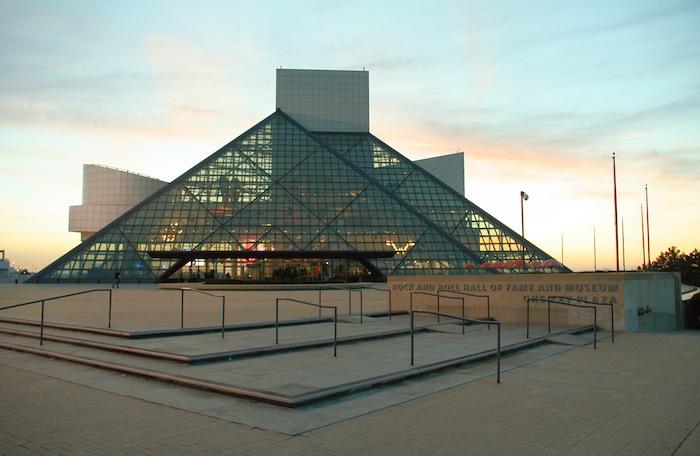
The issue of association between certain symbols and a particular source is, of course, the essence of trademark law. The logic of protecting symbols used by an owner to allow consumers to identify the source of their goods and services is fairly straightforward: we protect the associations that consumers make when they see a symbol in the marketplace. It helps promote fair competition, but it is also a way to protect consumers and prevent purchase decisions based on misinformation (such as a counterfeit mark). The logic is that if a symbol is associated with one source, consumers will receive goods or services that meet the level of quality that have always been associated with that symbol.
Can any type of symbol function as a trademark? Certainly. After all, the statutory language is fairly broad in what a person can use to identify their wares: “any word, name, symbol, or device, or any combination thereof” just so long as the symbol actually identifies and distinguishes the goods. The words identify and distinguish go to the ability of consumers to associate a product with a source. What good is a symbol if it can’t identify the source of goods?
Understanding this, you might not be surprised to learn that the mere physical appearance of a building is not enough to serve as a trademark. It all depends on the use of that building as symbols for goods and services. Buildings can of course be commercial symbols, and not just in a colloquial sense. Just look at the following examples where buildings have been used as trademarks:
But what about building designs that, while distinctive, are not used by some company as a trademark? This issue was addressed awhile back by the court in a case involving the Rock and Roll Hall of Fame and Museum. In that case, a professional photographer took a great picture of the museum at sunset and sold prints of the picture for $40 to $50. The poster also included the words ROCK N’ ROLL HALL OF FAME, CLEVELAND, OHIO. The Rock and Roll Hall of Fame argued that the picture of the building infringed on the museum’s trademark rights in the building. At issue in the lawsuit was whether the Rock and Roll Hall of Fame museum building itself was actually used as a trademark by the museum. True, the museum had taken many pictures of the building and sold its own posters, t-shirts, and other touristy types of keepsakes. However, the images of the building were always different (taken from different angles, for different events, and different shades of lighting highlighting different external features of the building). For these reasons, the building design itself was never used consistently and distinctly in such a way that they could make a commercial impression on a consumer. In other words, a consumer would have no reason to suspect that any goods bearing an image of the Rock and Roll Hall of Fame Museum came from the museum itself.
Apply this reasoning to any other landmark: the Eiffel Tower, Sears Tower in Chicago, or the Space Needle in Seattle. Simply taking a picture of the landmark and putting it on your own items is not going to be enough to raise the ire of the almighty trademark gods. Copying a silhouetted logo of the same landmark that is used by someone else as a trademark well, you could have problems.







 RSS Feed
RSS Feed